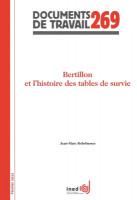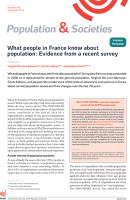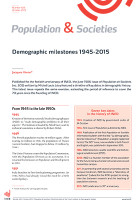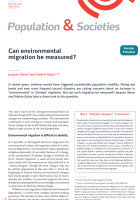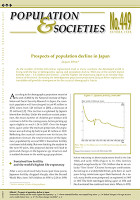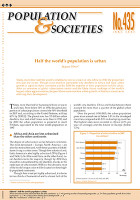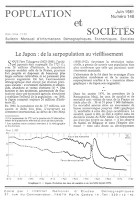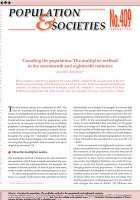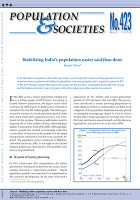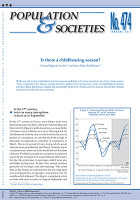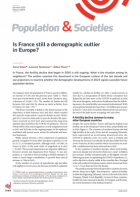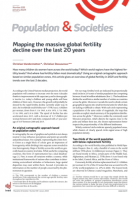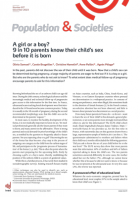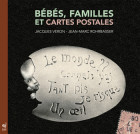
Bébés, familles et cartes postales
Outside-of-series works
2015, 160 pagesThe many postcards that circulated in and outside of France in the first half of the twentieth century, encompassing a wide variety of styles and a wide range of themes, offer an interesting illustration of demographic developments over the period. They depicted such major life events as birth, marriage and divorce with considerable inventiveness and often humour, in tones salacious or satirical. Babies, for example, are shown—sometimes in great number—sitting in a cabbage patch waiting to be “harvested,” nestled in the petals of a rose, being fished out of a lake, carried by the stork, delivered by post, even turned out by a machine.
Behind the joyful themes of certain postcards of the time loomed more serious and grim ones. During the Great War in France, each new baby could be thought of as a future poilu [term for French infantryman in WWI], and no one was shocked to see postcards representing a baby loaded into one of the famous obus de 75 artillery shells. The postcards could also carry a political message, or at least endorse one. After France’s 1870 defeat by the Prussians, depopulation and repopulation became burning issues; here it is important take a demographic perspective. But the postcards also pictured personal life experiences: a soldier’s life at the front or the “happy event” of a birth in the family. From 1900 to 1950, from the country’s pro-natalist measures for combating depopulation to the first years of the baby boom, this illustrated history of the French population resonates with individual family histories.
Jacques Véron, INED Research Director
Jean-Marc Rohrbasser, Redactor in chief "collections de l’Ined".


